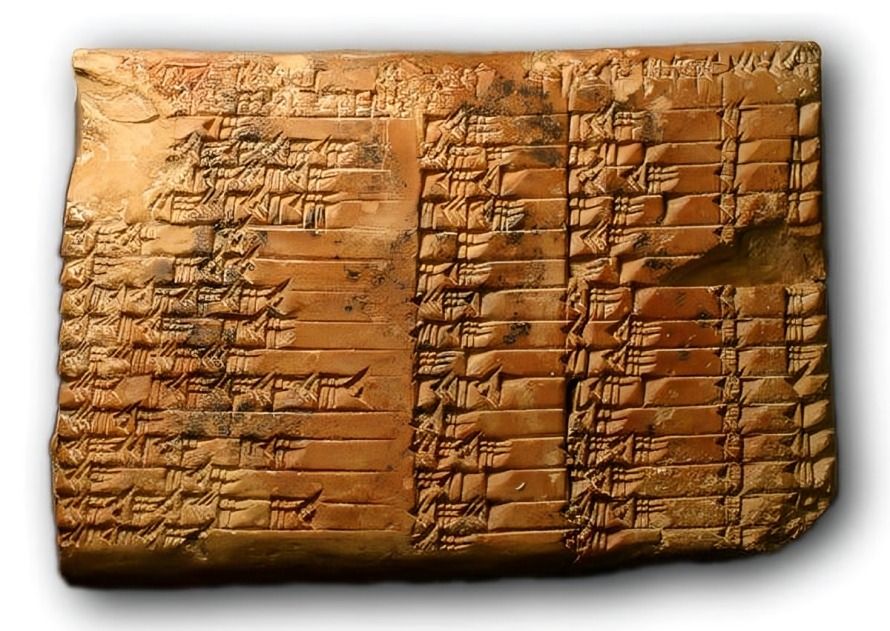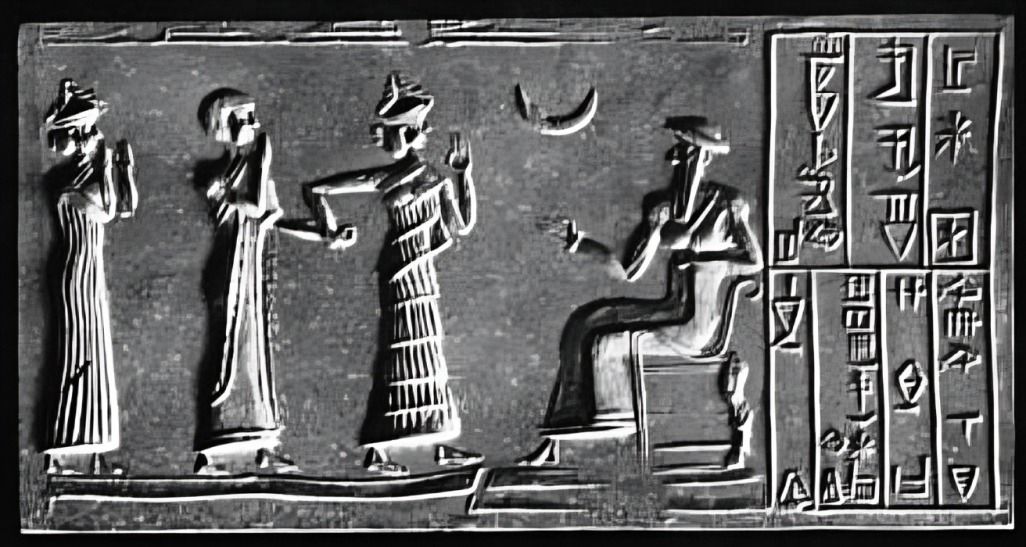
“
The history of human civilization is rich with milestones, and among the earliest chapters stands the remarkable tale of the Sumerians. Let's delve into the fascinating saga of Sumerian civilization history, exploring their enduring contributions to our shared human story.1
1
”
The Sumerians, flourishing in Mesopotamia from 4500 BCE to 1900 BCE, are revered as one of humanity's earliest civilizations, pioneering organised urban living and societal structures. They also developed one of the earliest known writing systems, cuneiform. 1
They established the world's first city-states, including Ur, Uruk, and Eridu, each governed by its own laws and administrative systems, marking a significant step towards centralised governance. These city-states were not only political centres but also hubs of culture, trade, and innovations. 2
Around 3200 BCE, Sumerians developed cuneiform script, composed of wedge-shaped impressions on clay tablets. This writing system facilitated record-keeping, literature, and administrative tasks across their civilization. 3
Inventing the wheel around 3500 BCE, the Sumerians revolutionised transportation and trade, laying the foundation for wheeled vehicles and later advancements such as chariots. This innovation also facilitated the development of pottery wheels. 4

Sumerians devised a complex mathematical system based on the sexagesimal numeral system (base-60), crucial for timekeeping, astronomy, and the measurement of angles, influencing mathematical thought for millennia.
They crafted one of civilization's earliest calendars, a lunar-based system aligning agricultural cycles with lunar phases, essential for planning planting and harvesting times. 5
Sumerian cities boasted advanced urban planning, featuring grid-pattern streets, organized drainage systems, and public buildings that catered to the needs of a burgeoning urban populace. These cities also included ziggurats, massive temple complexes that served as religious centers.6
Erecting towering ziggurats like the famed Ziggurat of Ur, the Sumerians constructed monumental step pyramids as religious centers where rituals and ceremonies venerating their gods were performed. 7
The epic poem narrates the adventures of Gilgamesh, a legendary Sumerian king, offering insights into their mythology, worldview, and cultural values through storytelling. It also explores timeless themes such as friendship, mortality, and the quest for immortality. 8
Sumerians pioneered the use of bronze, an alloy of copper and tin, for crafting tools, weapons, and artwork, marking a technological leap and enhancing their military and economic prowess. This advancement also led to the development of more durable agricultural implements. 9
Their society was stratified, featuring kings, priests, artisans, and farmers, reflecting a structured social order that governed roles, responsibilities, and privileges within the community. 10
In the fertile Mesopotamian plains, Sumerians engineered intricate irrigation systems, harnessing water from the Tigris and Euphrates rivers to support intensive agriculture and ensure food security. 11
Sumerians mastered the art of brewing beer, a beverage integral to their religious rituals, daily sustenance, and social gatherings, emphasizing its cultural and economic significance. which outlined specific laws and penalties based on social status. 12
Innovations in construction included the use of mud bricks and baked bricks, enabling the creation of durable structures such as temples, palaces, and city walls that defined their architectural legacy. 13

Developed circa 2100 BCE, the Code of Ur-Nammu stands as one of the earliest legal codes, establishing principles of justice and governance that influenced subsequent legal systems in the ancient world.
Sumerians established extensive trade networks, exchanging goods such as textiles, precious metals, and agricultural products with distant lands, fostering economic prosperity and cultural exchange. 14
Their mathematical contributions laid the foundation for geometric principles and mathematical concepts essential for advancing astronomy, engineering, and architectural design. The Sumerians also developed a base-60 number system, which is still used today in measuring time and angles. 15
They developed various musical instruments, including harps and lyres, used in religious ceremonies, entertainment, and cultural expressions, reflecting their artistic and creative achievements. 16
Sumerians made significant strides in astronomy, observing celestial movements and creating early star charts that guided agricultural practices and religious rituals, underscoring their intellectual curiosity and scientific inquiry.17
Despite eventual assimilation into later empires like Babylon and Assyria, Sumerian innovations in law, writing, urban planning, and cultural expression left an enduring legacy that shaped the course of civilization in the Near East. 18

